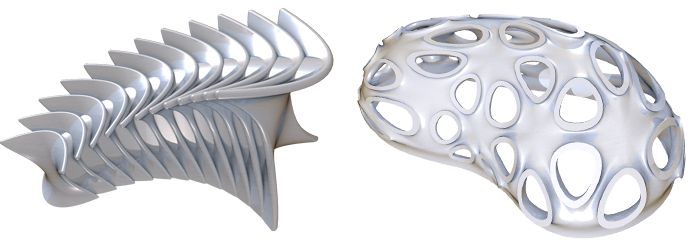
The Δ G° of B- to Z-DNA transitions are estimated to be −0.5 kcal/mol for d(m 5CG), 0.69–1.30 kcal/mol for unmethylated d(CG), 1.32–1.48 kcal/mol for d(CA)-d(TG), and 2.3–2.4 kcal/mol for d(TA). In addition to the intrinsic sequence dependence, the Z-form is stabilized by a variety of environmental factors such as a high degree of hydration, high ionic strengths, transition-metal complexes, spermine, cytosine methylation, and/or negative supercoiling ( 49, 51, 52). The major groove of B-DNA is replaced in Z-DNA by a convex surface on which purine N-7 and C-8 and the pyrimidine C-5 positions are exposed.Īlternating Pu–Py tracts such as the hexanucleotide d(CGCGCG) or poly have the propensity to adopt the Z-helix ( 48, 50).

There is one deep groove that corresponds to the minor groove in B-DNA. The interphosphate distances also differ from those of B-DNA. The deoxyribose–phosphate backbone follows a zigzag left-handed course rather than the smoothly spiraling right-handed path found in B-DNA. Z-DNA is thus characterized by a dinucleotide repeat in which anti and syn conformations of the bases alternate in succession along the chain. The pyrimidine bases maintain an anti conformation. The purine bases of Z-DNA, formed for example with d(CG) 3, are rotated into the syn ( C3′-endo) conformation. Z-DNA is thinner (by ∼10%), more extended (by 29%), and has more base pairs per turn than B-DNA (see Fig. Z-DNA is a Watson–Crick base-paired, left-handed helix that is distinct from the Watson–Crick right-handed B-DNA ( 48, 49). Hyone-Myong Eun, in Enzymology Primer for Recombinant DNA Technology, 1996 c. In general nonalternating sequences can form Z-DNA structures in the crystalline state when the nonalternating pyrimidines are able to adopt a syn conformation ( Basham, Eichman, and Ho, 1999). This has been borne out by subsequent structural studies on uracil-containing Z sequences ( Schneider et al., 1992). It is likely that replacement of thymine by uracil would increase Z-form stability, since the methyl group of the former presents a significance hydrophobic hindrance to solvent-ordering around the Z helix. Nonetheless, its existence suggests that the requirement for the formation of a Z-DNA structure is not so much that the sequence should be an alternating C/G-rich one, but that it retains the key feature of alternating syn and anti nucleosides. This energetically unfavorable Z structure was only stabilized by having the cytosine bases methylated or brominated at the 5 position of the base. so that it is no longer purely alternating) in the structure of d(CGATCG), still retains a Z-DNA type structure ( Wang et al., 1985), albeit with the thymidines and adenines adopting syn and anti glycosidic conformations respectively. It is then surprising that reversal of the central pyrimidine-3′,5′-purine sequence (i.e. 2) is also a factor in the GC preference of Z-DNA. The slight preference of guanosine nucleosides (unlike adenosine) to adopt the syn rather than the anti glycosidic conformation (see Chap.


Stephen Neidle, in Principles of Nucleic Acid Structure, 2008 3.5.4 Other Z-DNA Structures


 0 kommentar(er)
0 kommentar(er)
